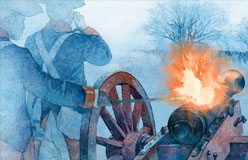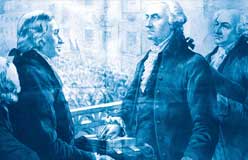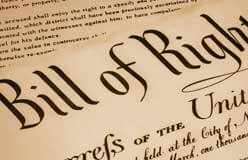What if there was no such thing as the president of the United States? What if the government could not afford to pay soldiers? What if every state had a different kind of money and you had to change money whenever you crossed a state border?
All of these things were true during the country’s first years. The 13 states had loose ties under a document known as the Articles of Confederation but, in general, each state did whatever it wanted. The country did have a Congress, where each state had one vote. However, there was no president to enforce decisions made by Congress, and there were no national courts. Congress could ask the states for money to pay national debts, but it could not force the states to pay—and many states did not pay.
By 1787, many leaders feared that the new country would fall apart without a stronger central government. They called for a meeting of delegates from all of the states, with the goal of making changes to the Articles of Confederation. After the delegates got together, however, they realized they needed to make an even bigger change. They wrote a brand-new document called the Constitution. It’s the supreme law of the land.
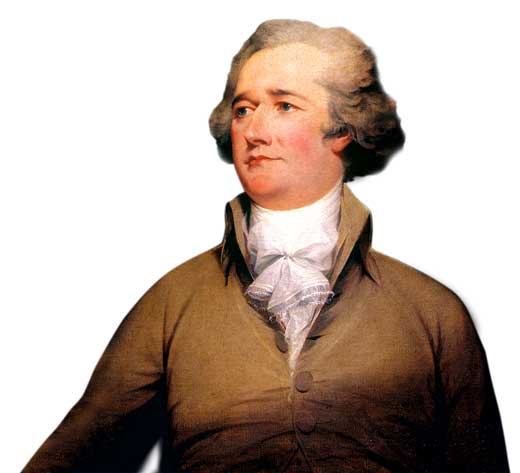
▲ In 1785, leaders from Maryland and Virginia met to discuss navigation on the Potomac River, which ran between the two states. Afterwards, Virginia called for a trade conference involving all the states, but only five states attended. However, Alexander Hamilton of New York persuaded the others to call for a convention of all the states with the goal of revising the Articles of Confederation.
After the Revolutionary War, the country fell into an economic depression. Few people would accept the national government’s printed money because they thought it was worthless. Instead, each state printed its own money, which made trade among the states hard. Farmers and merchants did not know what to charge for their goods, and some states collected a tax on goods imported from other states. That made the goods more expensive. Some believed that a stronger central government would help the economy. ▼
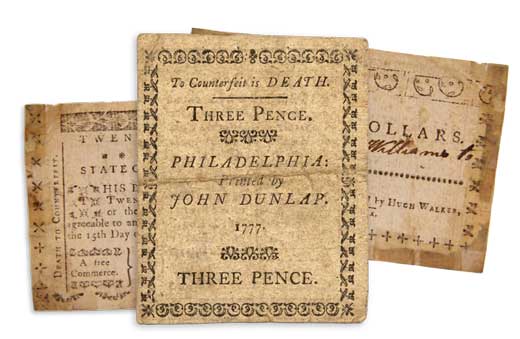
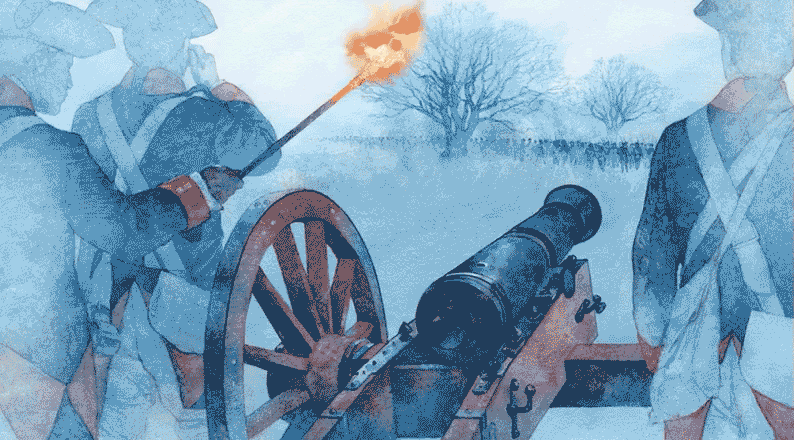
▲ The economic problems were especially hard on farmers. If they couldn’t pay their debts, their land was taken from them and they were put in prison. In Massachusetts, in 1786, about 1,200 farmers rose up in armed rebellion. Led by a man named Daniel Shays, they refused to pay their state taxes, and they shut down the local courts. The national government was helpless to put down Shays’ Rebellion. Eventually, state troops ended the revolt. But the rebellion made many people think that a stronger central government was needed.
